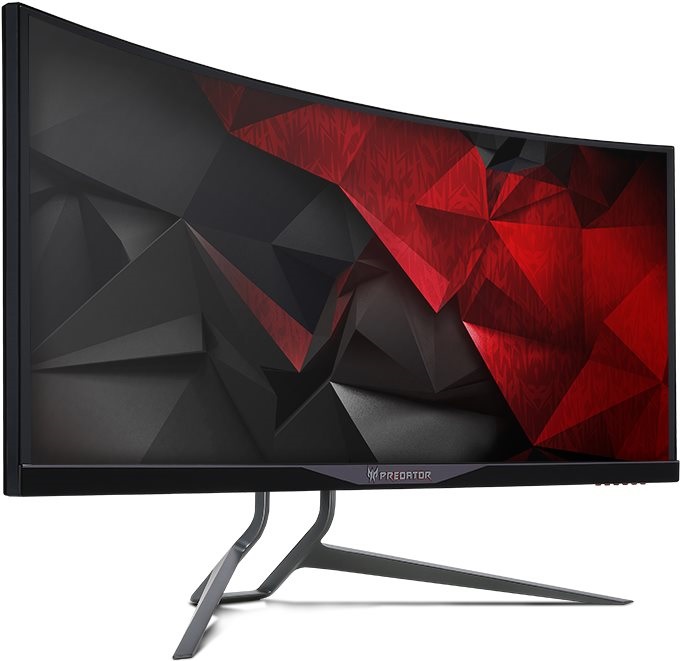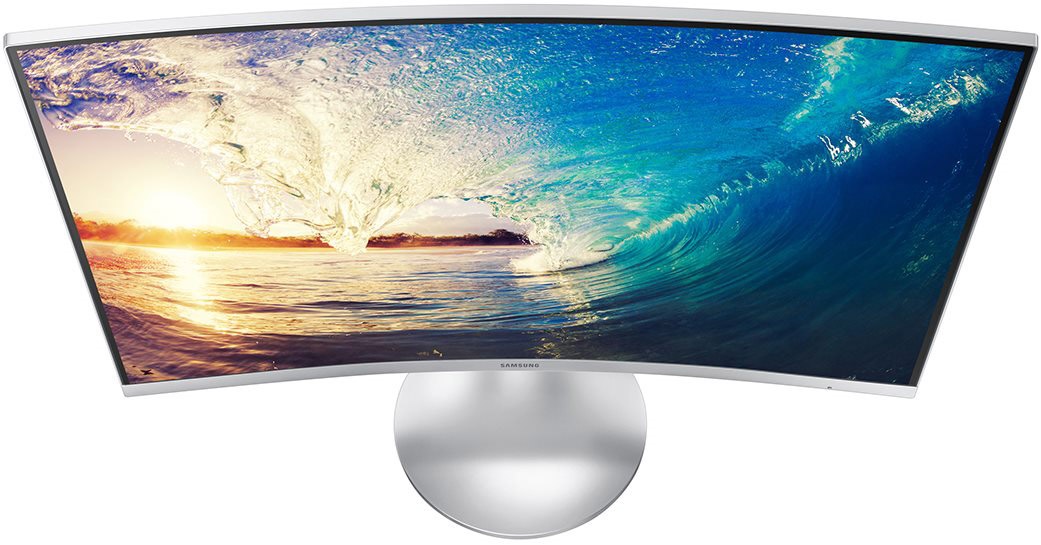FreeSync or G-Sync Technology Will Get Rid of Tearing in Your Gameplay
Only a stable frame rate can guarantee a proper gaming experience. How can you achieve this, and what do FreeSync and G-Sync really do? If you are serious about gaming, this article is a must-read.
You Need More Than a Powerful Gaming Computer for Smooth Gameplay
Many gamers believe that smooth gameplay is based solely on the graphics card, processor or RAM performance. They annually invest a lot of money in new hardware so that they can play the latest gaming hits in the highest quality. The decrease in frame rate and the resulting tearing and lagging can easily ruin even the best games. Perhaps you haven't thought about it, but the monitor also plays a key role in gaming.
A standard LCD monitor, which you are likely looking at right now, works only at a fixed 60Hz refresh rate. Your hardware should ideally deliver 60 frames per second as well. Otherwise, even if the computer still manages to render the "acceptable" 55fps, the images get distorted with tearing, especially during demanding scenes.
NVIDIA V-Sync Suffers from a Number of Disadvantages
For example, a powerful computer that delivers 90fps on a 60Hz monitor can result in the creation of visual artifacts, called tearing. At this point, it's a good idea to turn on V-Sync. This method manages the graphics card's operation so that the image production synchronises with the monitor's refresh rate. The aforementioned 60Hz panel will then receive just 60fps from the GPU. However, this technology has a number of drawbacks, and manufacturers have therefore decided to implement their own solutions.
NVIDIA G-Sync
NVIDIA introduced its solution in the fall of 2013. It chose an interesting approach - an expansion module that could be mounted on the monitor's motherboard. This feature took approximately half an hour for more experienced users to install. As you can see, it's not the best solution to the problem. It did not take long for monitors with integrated G-Sync to appear.

The G-Sync technology offers a refresh rate that synchronises the monitor with an NVIDIA graphics card. As a result, the scenes are displayed instantly, the objects look sharper, and games perform smoothly. This provides great visual effects and elevates your gaming experience to a higher level.
It should be stated that monitors with this technology are a bit more expensive. At this price range, the Acer Predator Series excels with its aggressive design and 4K resolution.

AMD FreeSync
In an effort to catch up to NVIDIA, AMD joined the competition in the spring of 2015 with an alternative solution - with its Adaptive-Sync technology. FreeSync is an optional enhancement to DisplayPort or HDMI that doesn't require any dedicated hardware in the monitor. The advantage of the AMD solution is that it is lower in price, but you need to own one of the AMD graphics cards built around the beginning of 2015.
There are various monitors with FreeSync technology available, like the 27" iyyana G-Naster Black Hawk monitor. Tech enthusiasts will appreciate the curved display of the Samsung C27F591 in a white finish.

The second-generation of FreeSync and G-Sync was unveiled at the CES 2017 International Consumer Electronics Show. HDR technology was quite popular, however, we will discuss more of this in future articles.
